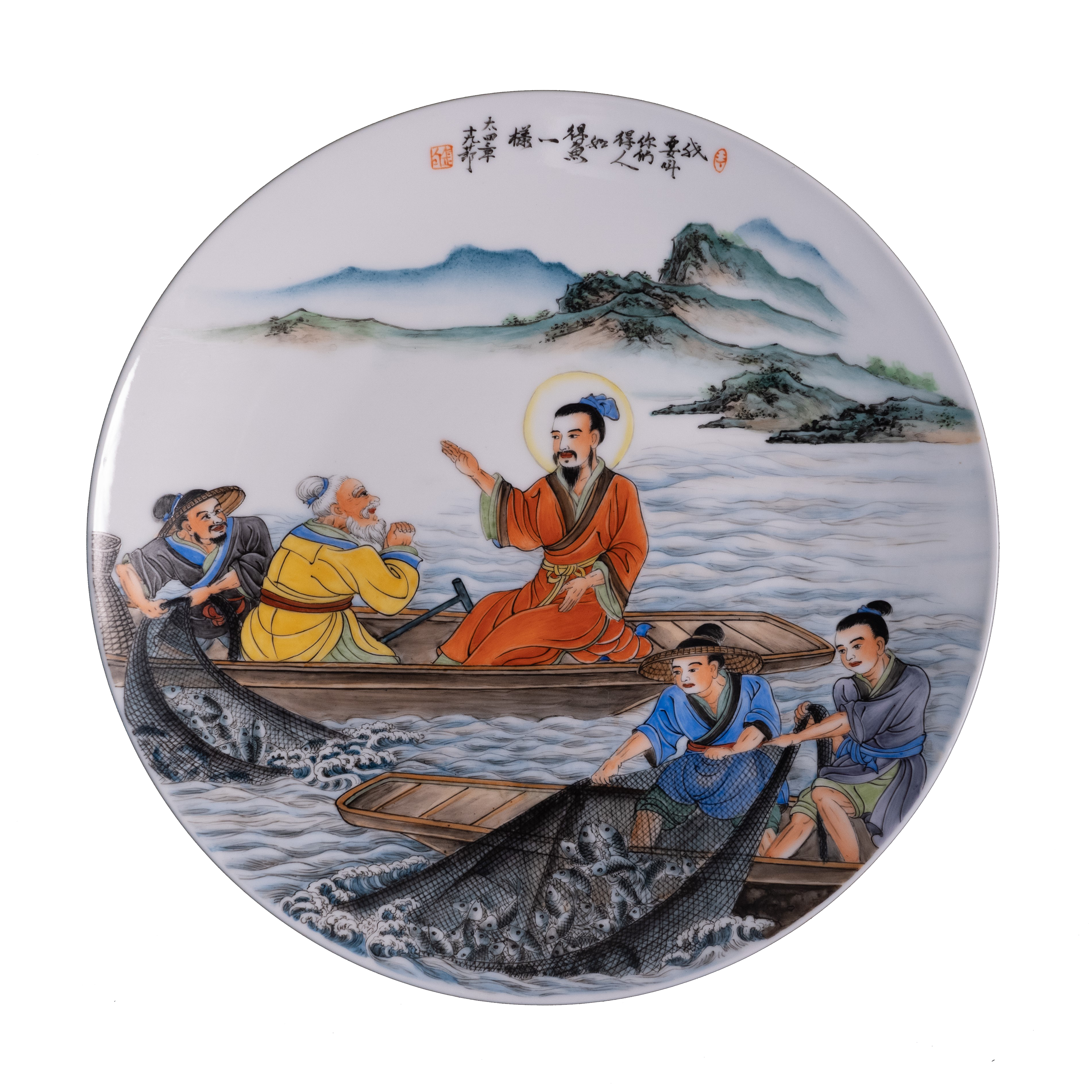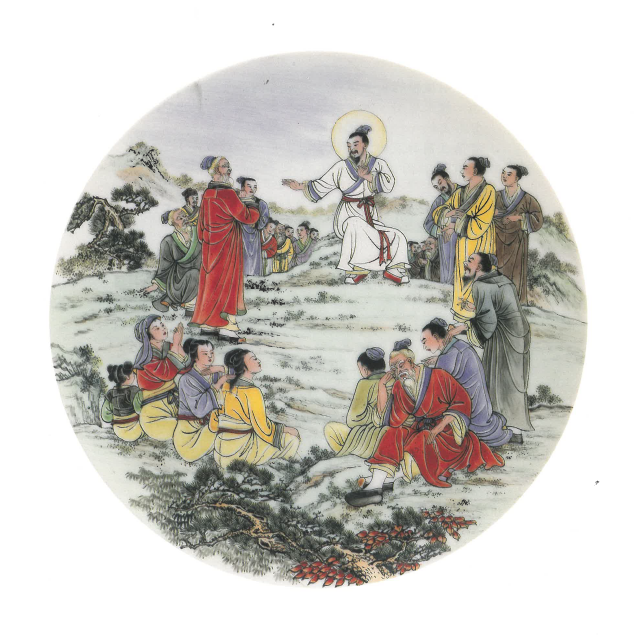Reconstructing Noah’s Ark
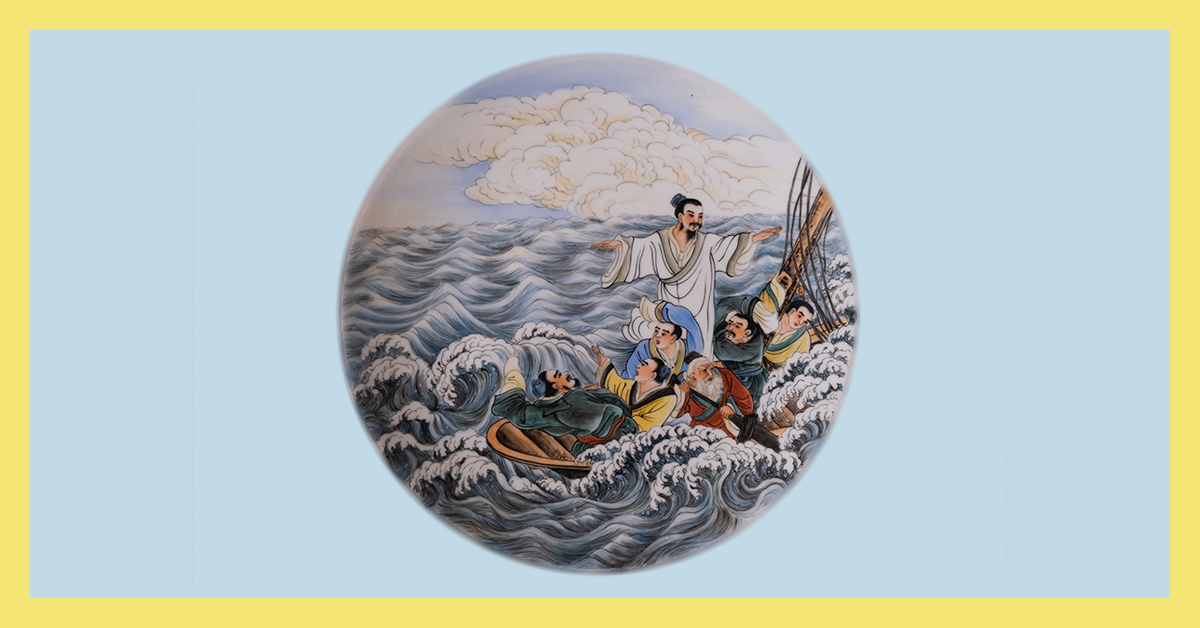
In 2010, just before they emigrated to the United States, Cantonese opera stars Man Chin-sui and Leung Siu-sum bid farewell to their Hong Kong fans with a production of Noah’s Ark. As both playwright and performer, Man drew from the biblical tale of the patriarch Noah and his construction of an ark to survive the great flood. In the world of Cantonese opera, where source materials are primarily drawn from Chinese history and traditional folktales, this production was undoubtedly an exception to the rule. Now, ten years after its first performance, the HKAF takes the initiative in reviving and reproducing this Cantonese opera. This will be an opportunity to consider how a biblical story like Noah’s Ark can open up new possibilities for Cantonese opera.
Reflecting on the Tides of Cantonese Opera
Aside from the lead roles of Noah and his wife—performed by Man Chin-sui and Leung Siu-sum, respectively—all cast members of the original version of Noah's Ark came from the Guangzhou Hongdou Cantonese Opera Troupe. Ten years on, the challenge of producing has fallen to Man’s apprentice, Lai Yiu-wai. Although Lai himself will not appear onstage, he will team up with the veteran actor Leung Wai-hong, who participated in the original version as stage manager, and take up the work of coordinating the entire production—from smaller tasks like organising rehearsals to larger challenges like rewriting the script and assembling a cast. The duo might be considered the behind-the-scenes craftsmen of this “ark”.
“I’m very impressed by the Hong Kong Arts Festival’s proposal to restage this work. It’s quite courageous, as it certainly would have been much safer to produce a classic opera,” Lai says. The story of Noah’s Ark in any theatre programme would be a niche topic, but it creates great opportunity for experimentation with Cantonese opera’s aesthetic traditions.
Lai recalls that when he first saw the production, his initial sense was of richness. In terms of plot, emotional range and stage effects, he noticed how the work was teeming with potential and clearly demonstrated the many possible faces of Cantonese opera. His impression of the production’s portrayal of the cataclysmic, earth-encompassing flood was especially deep: “There wasn’t a single drop of water onstage, but through the use of water flags and the performers’ gestures and movements, the audience could really believe that flood waters were rushing forth. This moment brought out the virtual nature of Cantonese opera.”
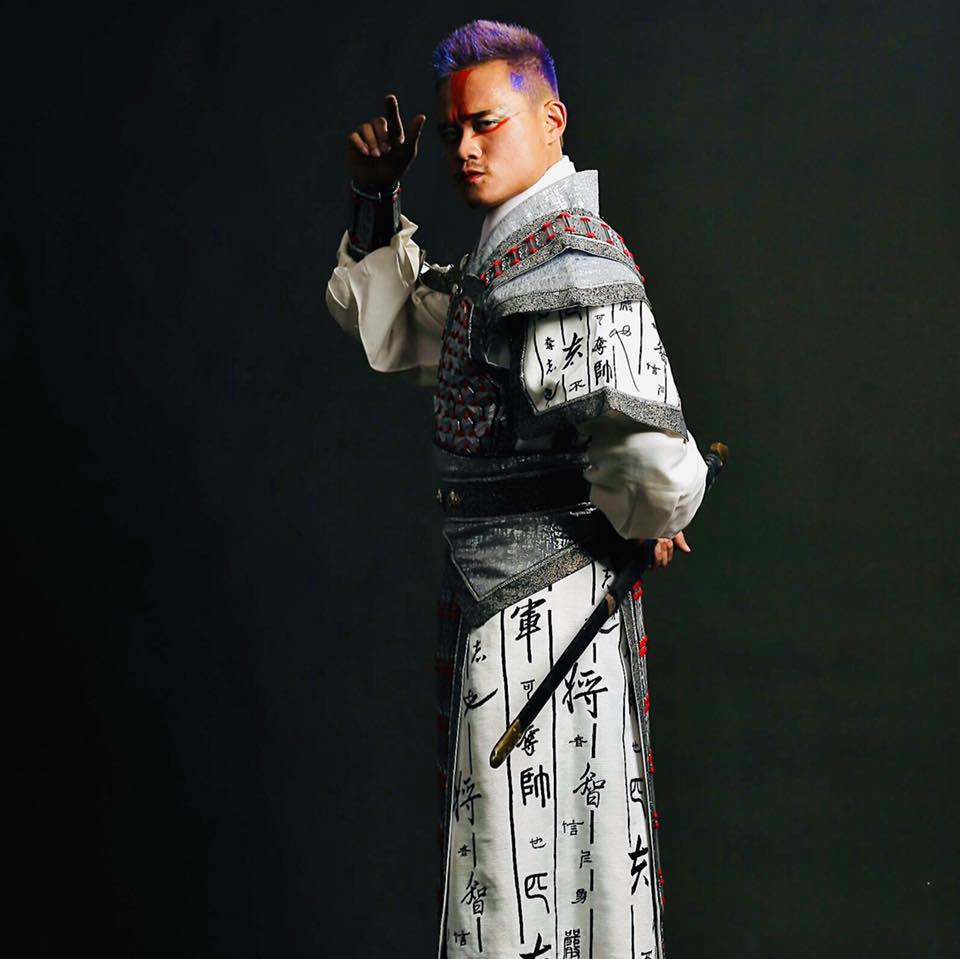
Cantonese opera’s quintessential skills of singing, acting, delivery of spoken lines and martial arts were also fully demonstrated in the original work. On the subject of singing, Lai thinks his mentor showed outstanding expertise in arranging and selecting songs: “For the reprisal of the sheng and dan scene in the second half, my master chose the siukuk “Waxing Moon on the Xunyang River” to express the anxiety and restlessness felt by Noah and his wife on the ark. Those two arias are both graceful and finely composed; it’s clear that a lot of mental effort went into the planning. Throughout the show, different singing styles—such as siukuk (small tune), bongwong (melodies with fixed rhythmic structures involving the use of wooden clappers and reed instruments) and syutcheung (speaking and singing)—provide the actors with many opportunities to show off their singing prowess.”
With these innate strengths already in the script, Lai is turning his attention elsewhere for this restaging. He is particularly interested in uncovering the characters’ personality traits and strengthening the portrayal of their emotional states, in the hope that it will help the audience more easily identify with the story. “The Bible actually never says what happens on the ark, but the advantage of that is we have room to imagine,” says Lai. He set about elevating the quality of the animals’ martial arts performances as well as the couples’ duets on the ark, such as adding a sheng and dan duet for Noah’s eldest son and daughter-in-law (performed in this staging by real-life husband and wife Lam Tin-yau and Cheng Nga-ki). “They are worried that the ark will soon be running out of food, there’s no land in sight and they’re in the heart of a storm. They think they’re on the verge of death, and their duet fully expresses that frailty, terror and helplessness; it’s an interesting contrast with the duet sung by Noah and his wife earlier in the opera.”
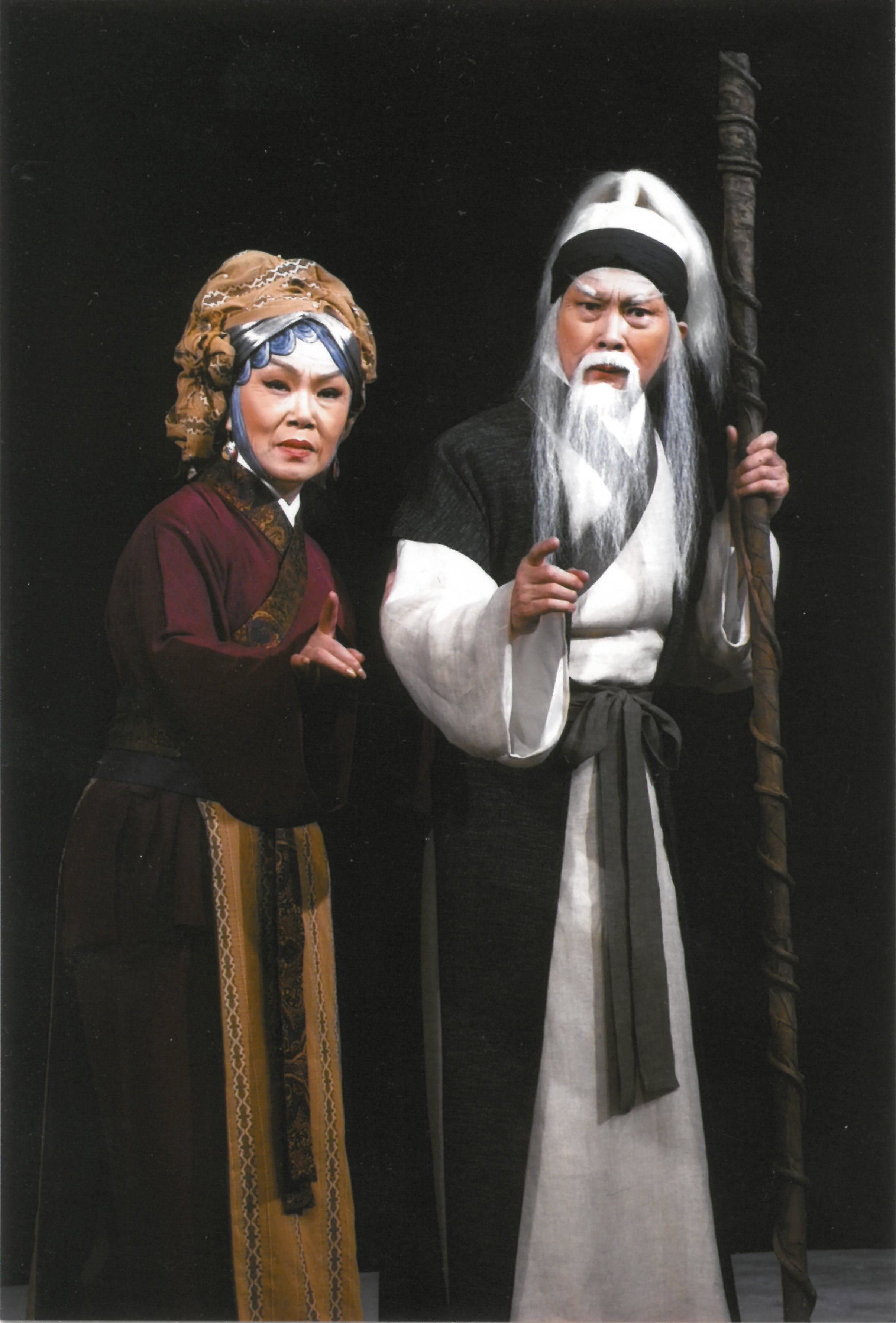
Lai trusts that even regular, non-religious Cantonese opera audiences will have a gratifying experience, while the novelty of the source material may even attract those who have never seen a Cantonese opera performance before. As part of the younger generation of local Cantonese opera performers, he’s always reflected on how Cantonese opera can better respond to contemporary society and audiences—in the past, he’s attempted to walk a new path by adapting Shakespeare for the Cantonese opera stage. But he admits that in restaging a ten-year-old work, there is a very practical question that needs answering: for audiences today, will the original presentation format seem old-fashioned? For this reason, he’s emphasised multiple times that the overall style of the work must be unified and no effort should be spared in redesigning and producing new costumes and set designs, so that everything reflects contemporary tastes.
For Lai, restaging Noah’s Ark is “a great opportunity to reflect the nature of the present moment in Cantonese opera”. He hopes that what he’s building will become a work that can withstand the test of time and establish itself within the repertoire of contemporary Cantonese opera productions.
Borrowing the Beauty of Cantonese Porcelain
The cast and crew for this production are all local, and in developing some of the set and promotional designs, they’ve referenced another special art form with close ties to Hong Kong—gospel Cantonese porcelain, or guangcai.
The Tao Fong Shan Christian Centre in Sha Tin was founded in 1930 by a Christian missionary as a base for spreading the gospel and a space for worship. After World War II, the centre’s first ethnically Chinese minister advocated the founding of a porcelain studio, which would use guangcai hand-painting techniques to produce decorative housewares such as china plates, tea services and table lamps. This traditional Lingnan art could then be used to spread the Christian gospel, while providing its students with a means of making a living and cultivating the spirit.
All of the studio’s porcelain plates are illustrated with biblical scenes and, as with the Cantonese opera Noah’s Ark, their depictions of landscape and characters set off a pleasing contrast with the source material: here, willows bend low by a river, a double happiness scroll hangs behind a dining table; there, the Virgin Mary, modelled on the plain image of a Chinese peasant woman, greets baby Jesus at the manger. In another, a whiskered Jesus in a wide-sleeved traditional Han garment, hair tied up in a bun, performs the miracle of stilling the stormy Sea of Galilee for his disciples; the composition of the scene and manner of its protagonists evoke the Chinese folktale “Eight Immortals Crossing the Sea”, and the magnificent colours and exquisite brushwork so valued in Cantonese porcelain are expressed with full maturity.
Through biblical subjects, Cantonese porcelain and Cantonese opera have demonstrated the potential of the quintessential Chinese art form, inspiring an unconventional perspective from which to appreciate the beauty of these traditional arts.
Text
James Liu
James Liu is an Editor of the Hong Kong Arts Festival
This article was originally published in the 2021 edition of HKAF’s FestMag
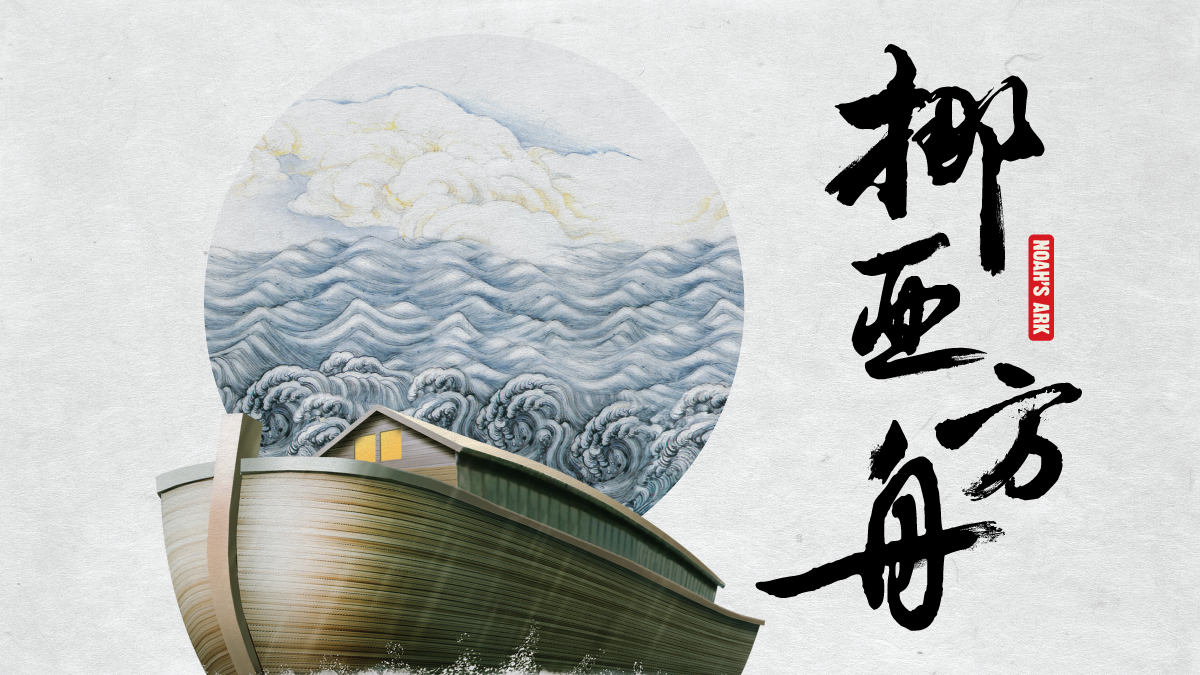
Cantonese Opera
Noah's Ark
Cantonese opera veterans Man Chin-sui and Leung Siu-sum adapted the Great Flood from the Bible for Cantonese opera in 2010, in a show that was well received by audiences. This 2021 production, featuring both young Hong Kong artists and veteran stars, and given a magnificent lift by Lai Yiu-wai, disciple of Man Chin-sui. With set and costumes designs inspired by Tao Fong Shan gospel porcelain and Chinese paper-cutting, it promises extra pomp and bravura. A spectacular Cantonese opera with a modern twist for all ages to enjoy!
Programme details